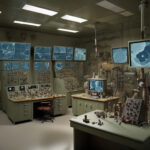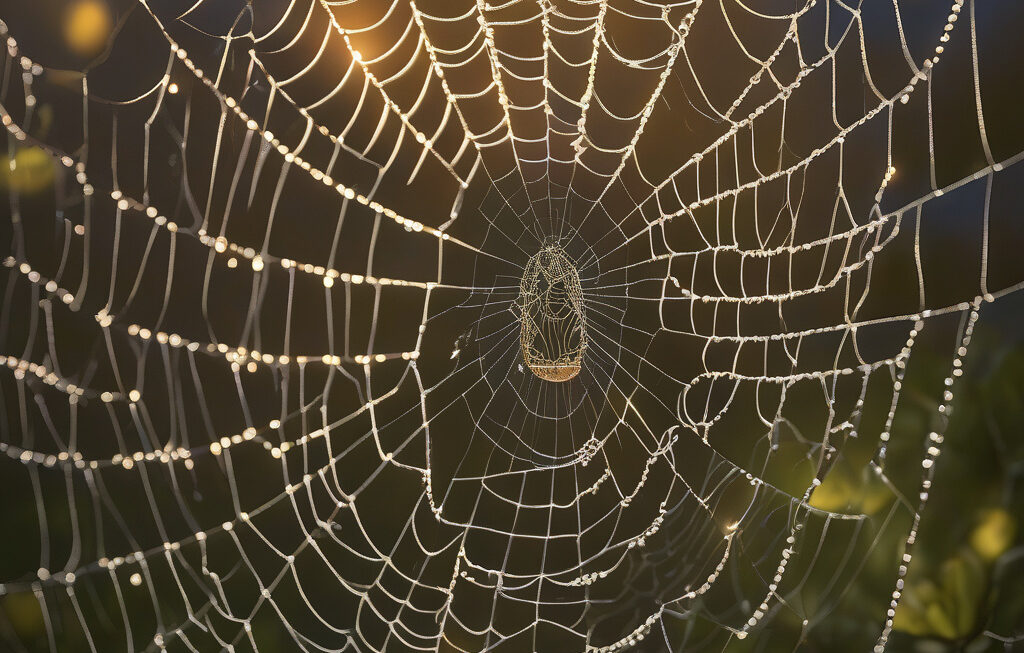Life thrives on landmines: The world’s deadliest border doubles as a wildlife refuge
The demilitarized zone (DMZ) separating North and South Korea is one of the world’s most heavily fortified borders. Stretching 160 miles long and 2.5 miles wide, this buffer zone is laden with landmines, guard posts, and barbed wire fences, making it an unlikely sanctuary for wildlife. Despite being a symbol of division and conflict, the DMZ has inadvertently become a haven for numerous endangered species, showcasing nature’s resilience in the face of human-made adversity.
This strip of land, created as part of the Korean Armistice Agreement in 1953, has remained virtually untouched by humans for decades. The absence of human activity has allowed flora and fauna to flourish, with some areas boasting a biodiversity that is rare to find elsewhere. The DMZ has become home to over 5,000 plant and animal species, including many endangered and protected ones such as the Amur goral, Asiatic black bear, and red-crowned crane.
The presence of landmines and the constant threat of danger have acted as unintentional deterrents, protecting the wildlife from human interference. As a result, the DMZ has become a natural laboratory for scientists to study the impact of isolation on ecosystems. The lack of development and human disruption has created a unique environment where species can thrive without fear of habitat destruction.
One of the most notable success stories within the DMZ is the population of endangered Korean pine trees. Once heavily logged for timber, these trees have rebounded within the safety of the DMZ, now covering vast areas of the landscape. Similarly, the critically endangered Amur leopard has found refuge in this unlikely safe haven, with camera traps capturing images of these elusive big cats roaming freely.
The DMZ’s role as a wildlife refuge has not gone unnoticed by conservationists and policymakers. Calls have been made to designate the DMZ as a UNESCO World Heritage Site in recognition of its ecological importance. Efforts are underway to promote the conservation of this unique habitat and to raise awareness about the importance of preserving it for future generations.
Despite the DMZ’s grim reputation as a symbol of division, it serves as a poignant reminder of nature’s ability to rebound in the face of adversity. The coexistence of military tension and thriving ecosystems within the DMZ highlights the complex relationship between humans and the environment. It underscores the resilience of life and the importance of preserving untouched landscapes in a world increasingly impacted by human activities.
In a world where wildlife habitats are shrinking at an alarming rate, the DMZ stands out as a beacon of hope. It is a testament to the power of nature to reclaim and revitalize even the most inhospitable of environments. As we look to the future, let us draw inspiration from the DMZ and strive to protect and conserve our natural world for the benefit of all species that call it home.
demilitarized zone, wildlife refuge, biodiversity, conservation, Korean Armistice Agreement












